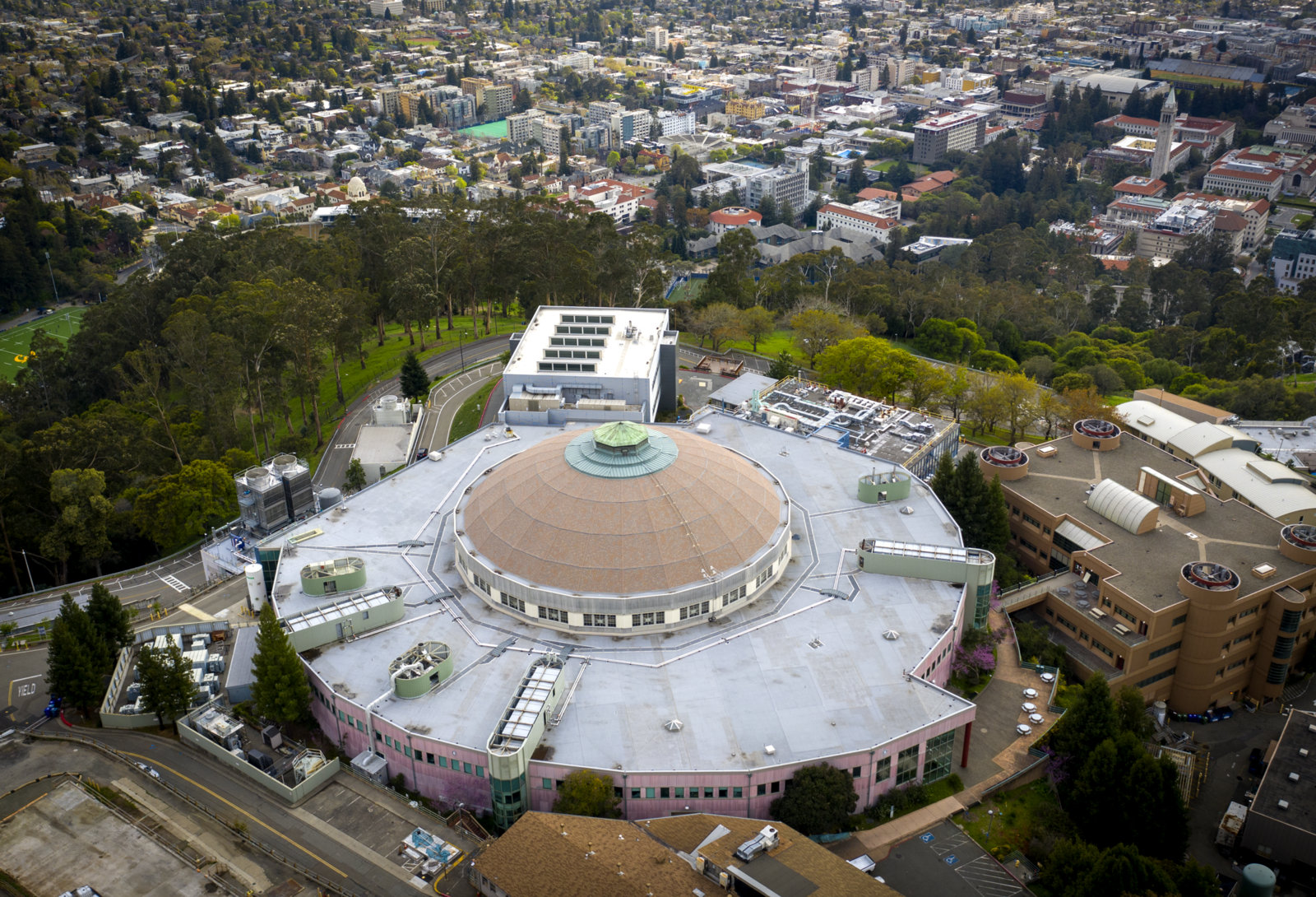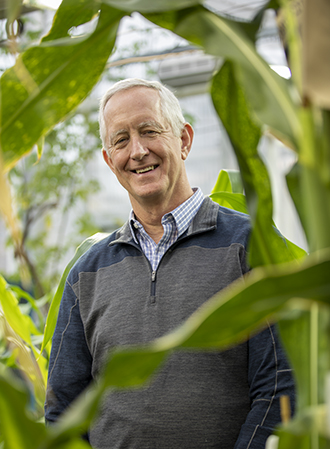New drug that disrupts two cellular targets would make it much harder for bacteria to evolve resistance
Tag: x-ray crystallography
Researchers discover long-sought mechanism behind most severe cases of a common blood disorder
G6PD deficiency affects about 400M people worldwide and can pose serious health risks. Uncovering the causes of the most severe cases could finally lead to treatments.
Researchers illuminate neurotransmitter transport using X-ray crystallography and molecular simulations
Scientists from the MIPT Research Center for Molecular Mechanisms of Aging and Age-Related Diseases have joined forces with their colleagues from Jülich Research Center, Germany, and uncovered how sodium ions drive glutamate transport in the central nervous system. Glutamate is the most important excitatory neurotransmitter and is actively removed from the synaptic cleft between neurons by specialized transport proteins called excitatory amino acid transporters (EAATs)

SLAC joins the global fight against COVID-19
The lab is responding to the coronavirus crisis by imaging disease-related biomolecules, developing standards for reliable coronavirus testing and enabling other essential research.

Staff at Berkeley Lab’s X-ray Facility Mobilize to Support COVID-19-Related Research
Berkeley Lab’s Advanced Light Source X-ray facility has been recalled to action to support research related to COVID-19, the coronavirus disease that has already infected about 2 million people around the world.

LI High School Students Solve Protein Structures at Brookhaven’s Light Source
Students from Long Island, New York, high schools have collaborated across districts to decipher the atomic-level structures of two proteins involved in a variety of diseases. The students used very bright x-rays at the National Synchrotron Light Source II at Brookhaven National Laboratory to identify the 3-D arrangements of atoms that make up functional components of these proteins.

And then there was light
New research from Washington University in St. Louis provides insight into how proteins called phytochromes sense light and contribute to how plants grow. Biologists used sophisticated techniques to structurally define the sequence of events that support the transition between light- and dark-adapted states.